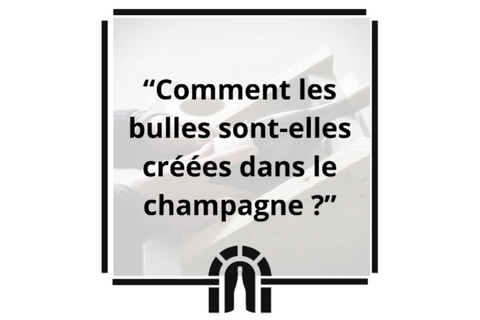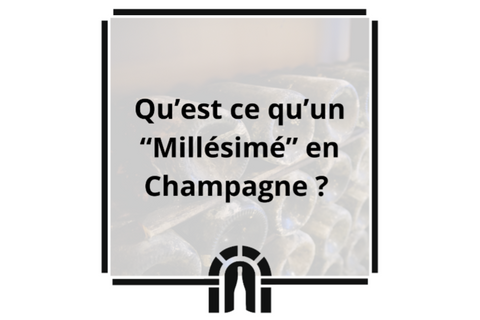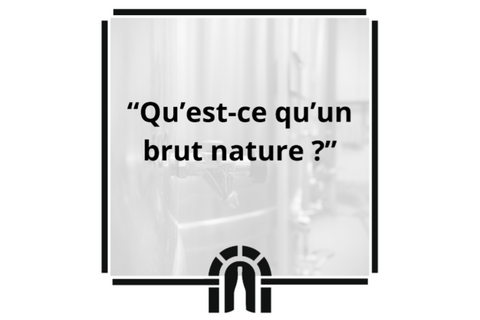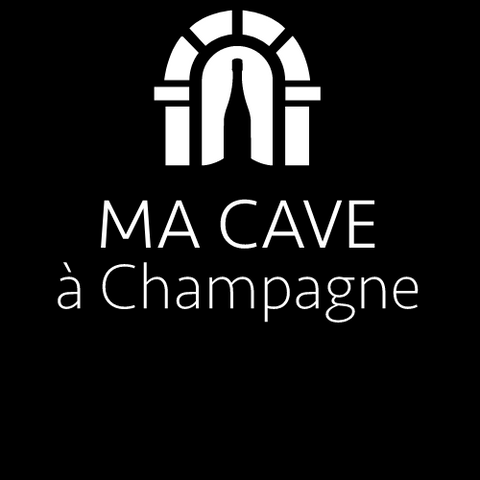The bubbles in Champagne are created through a fermentation process called the "traditional method" (or "methode champenoise").
Here are the key steps in this process:
First fermentation: The grape juice (must) is fermented into still wine (non-sparkling) in vats or barrels. This base wine is dry and slightly acidic.
Blending: Winemakers blend different base wines, often from multiple grape varieties, vineyards, and years, to create the desired blend (except for vintage Champagnes which use wines from a single year).
Tirage: Once the blend is complete, the wine is bottled with a mixture of sugar and yeast, called "liqueur de tirage". The bottle is then sealed with a temporary capsule.
Second fermentation (prise de mousse): The bottle is placed in the cellar for a second fermentation. The yeast consumes the added sugar and produces alcohol and carbon dioxide (CO2). Since the bottle is hermetically sealed, the CO2 cannot escape and dissolves in the wine, creating the bubbles.
Aging on lees: After the second fermentation, the champagne is left on its lees (the dead yeasts) for an extended period of time, often several years. This enriches the aromas and flavors of the champagne.
Riddling: The bottles are gradually tilted and rotated to collect the lees in the neck of the bottle. This process can be done manually or mechanically.
Disgorging: Once the lees have collected in the neck, this segment of the bottle is frozen and the lees are expelled under the pressure of CO2. This step cleans the wine of deposits.
Dosage: Before the bottle is finally sealed, a small amount of "liqueur d'expédition" (a mixture of wine and sugar) is added to determine the final style of the champagne (brut, extra-brut, dry, etc.). The bottle is then sealed with a cork and a wire cage.
Rest: The champagne rests for several months to allow the expedition liqueur to integrate well.
These steps create the characteristic bubbles of champagne, as well as its distinctive aromas and flavors. The traditional method is what sets champagne apart from other sparkling wines, ensuring a high-quality and complex product.



